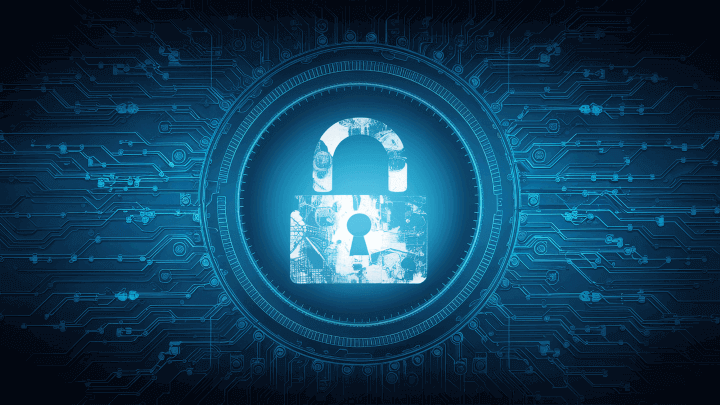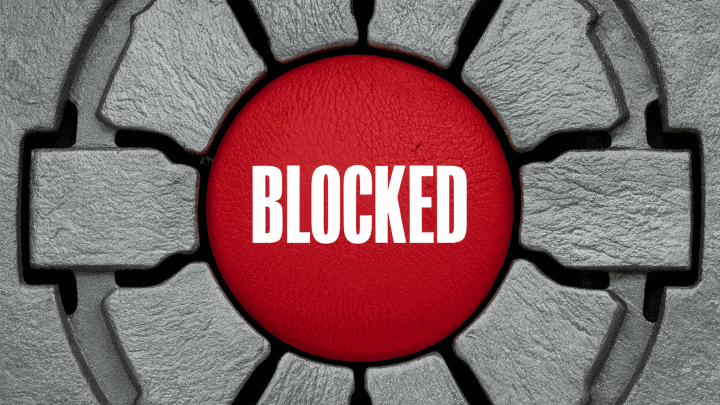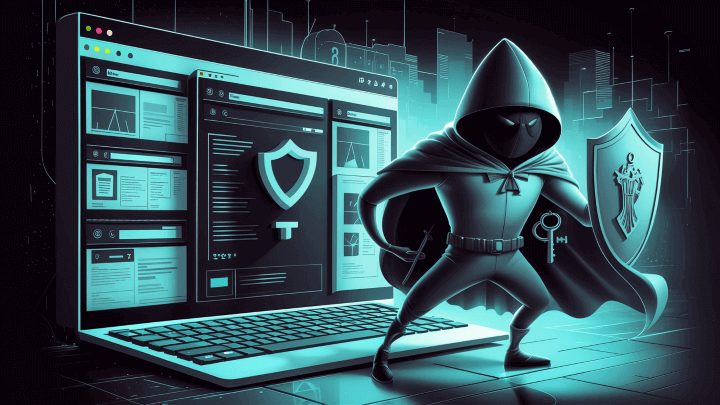Proxy Blacklisting — How Does It Work

Are you frustrated by blocked sites or slow connections? Have you ever wondered why some proxies suddenly stop working? I’ve got the answers. Proxy blacklisting is a hidden culprit that can disrupt your online activities. Let’s dive into what it is, how it works, and what you can do to avoid it.
Understanding Proxy Blacklisting

Proxy blacklisting occurs when a proxy’s IP address is identified and banned by a website or online service. It can happen for several reasons, including suspicious activity, violation of terms of service, or association with spammy behavior. When a service is blocked, it can’t access specific sites. This leads to those frustrating moments when your once-reliable connection suddenly fails.
This problem isn’t rare. Websites and services use sophisticated algorithms to detect and block these IPs, ensuring that only legitimate traffic gets through. They monitor for patterns like multiple accounts using the same IP or unusually high traffic volumes, which can signal proxy use.
For instance, if you use a proxy to access streaming services like Netflix, you might find that it suddenly stops working. It is because Netflix actively monitors and blacklists proxy IPs to enforce its regional content restrictions.
Reasons for Blacklisting Proxy

Proxy servers can be blacklisted for various reasons. Let’s explore some common cases.
Abuse and Misuse of Proxies
- Spam Activities
One of the primary reasons proxies get blocked is due to spam activities. Spammers often use these services to send bulk unsolicited emails, post spammy comments on forums and blogs, or flood social media platforms with unwanted advertisements. According to a report by Statista, over 45.6% of global email traffic in 2023 was spam.
- Fraud and Phishing
Proxies are frequently used in fraudulent activities and phishing attacks. Cybercriminals use them to mask their identities and launch scams that make users reveal sensitive information. For instance, fraudsters might use proxies to create fake websites that mimic legitimate ones. This way, they aim to steal login credentials or financial information.
Violation of Terms of Service
- Unauthorized Access
Accessing a service or website through a proxy can sometimes violate the platform’s terms of service. Websites like Netflix, Hulu, and others restrict content based on geographic locations, so using proxies to bypass these restrictions is against their policies.
- Multiple Account Creations
Another violation is creating multiple accounts from the same IP address. This tactic is often employed in social media marketing to manipulate engagement metrics or in online gaming to gain unfair advantages. Platforms monitor and block such activities to prevent misuse and maintain fair usage.
Security Concerns
- DDoS Attacks
Distributed Denial of Service (DDoS) attacks overwhelm a target website or service with internet traffic. Attackers often use a network of proxies to launch these attacks, making it difficult to trace the source. Proxies involved in such activities are swiftly blocked to mitigate the threat.
- Hacking Attempts
Those services are also used to hide hackers’ identities when attempting to breach systems and steal data. By using proxies, hackers can avoid detection while exploiting vulnerabilities in websites or services. Security systems are designed to identify and block these suspicious IPs.
Illegal Activities
- Content Piracy
Users commonly employ proxies to access and download copyrighted materials without authorization. The content can include movies, music, software, and more. In this case, blocking proxies is done to protect intellectual property rights.
- Drug and Human Trafficking
In more severe cases, proxies are used to carry out illegal activities such as drug and human trafficking. These activities are often conducted on the dark web, where proxies help maintain anonymity. Law enforcement agencies actively work to identify and block these services and combat such crimes.
Network Abuses
- Bandwidth Theft
Bandwidth theft occurs when individuals or entities use proxies to consume large bandwidth without authorization. It can result in significant costs for network owners. Services involved in bandwidth theft are quickly blocked to prevent further abuse.
- Unauthorized Data Scraping
Web scraping involves extracting large amounts of data from websites. Companies use proxies to scrape competitors’ prices, content, and other data. While some scraping is legitimate, unauthorized scraping can overwhelm servers and violate terms of service.
Automated Activities
- Bot Traffic
Automated bots often use proxies to perform ticket scalping, ad fraud, and automated clicks. These bots can negatively impact the user experience and server performance, leading to the blocklisting of associated proxies.
- Web Crawling
When done excessively or without permission, web crawling can strain website resources. Proxies used for unauthorized crawling can get blocked to protect the website’s functionality and prevent data theft. Responsible crawling practices are essential to avoid detection.
Geopolitical and Legal Reasons
- Government Restrictions
Governments in certain countries impose restrictions on internet access and monitor proxy usage to enforce these regulations. For instance, countries like China and Iran heavily censor internet content and block proxies to prevent citizens from bypassing these controls.
- Legal Compliance
Websites and services must comply with legal requirements regarding data protection and user privacy. Proxies that are found to violate these regulations can be blocked. For example, the General Data Protection Regulation (GDPR) in the European Union mandates strict data privacy measures. Services that fail to comply with such regulations face blocklisting.
All in all, you should understand this: proxies can make internet access and surfing much more fluid and safe. However, some of them are used for malicious purposes. These may vary but always aim to harm internet users. You can read more on this topic in this blog post.
How to Know the Proxy is in the Blacklist?

Knowing if your proxy is blacklisted can save you a lot of hassle. Here are some methods to identify it.
Methods Used to Detect and Blacklist Proxies
These are the most working ways to identify if your proxy was blocklisted.
- Checking Website Access
The first sign of a blocked proxy is when you suddenly can’t access certain websites. If your previously functional service stops working on sites like Netflix, Amazon, or other services, it’s a warning sign.
- ProxyChecker Tools
Using specialized tools to check the status of your proxy can provide definitive answers. One such tool is this ProxyChecker by ProxyBros. It lets you enter your server details and get instant feedback on its status. It checks against multiple databases and provides real-time results, saving time and effort.
- Blacklist Databases
Numerous databases track and list blocked IPs. Websites and services use these databases to filter out undesirable traffic. You can determine if your proxy has been flagged by checking against them.
- Behavioral Analysis
Websites use advanced algorithms to detect proxies based on their behavior. Unusual patterns such as high traffic volumes from a single IP, repeated access attempts, or suspicious login activities can trigger blacklisting. So, you should monitor your proxy usage. This way, you ensure it follows normal patterns and reduce the risk of getting blocked.
Summary
Blocked sites and slow connections are, indeed, frustrating. To avoid proxy blocklisting, you should first understand the causes and detection methods. These services can be blocked for several reasons, including spam, fraud, security threats, and legal issues. Knowing how to identify a blocked proxy can save time and prevent disruptions. So why ignore?
FAQ
You can use online tools like ProxyChecker to check if a SOCKS5 proxy is blocked. Enter the details, and the tool will scan multiple databases to provide real-time status.
Proxies are often blocked due to spam activities, fraud, phishing, DDoS attacks, content piracy, unauthorized data scraping, and website service violations.
Yes, in some cases, it can be removed by contacting the website or service that blocked it. Then, you should provide proof of legitimate use and ensure no further violations can help in the delisting process.
